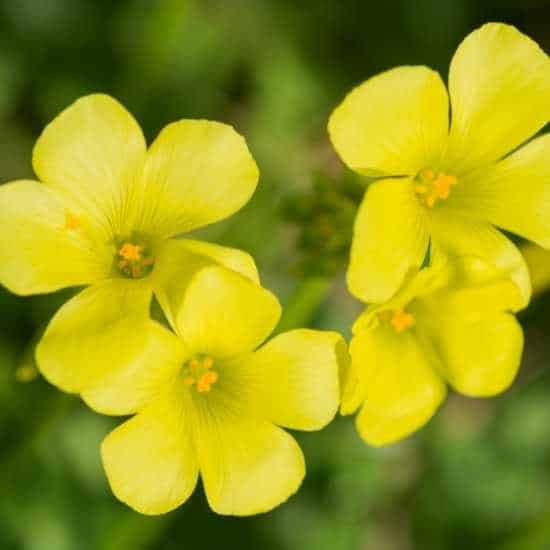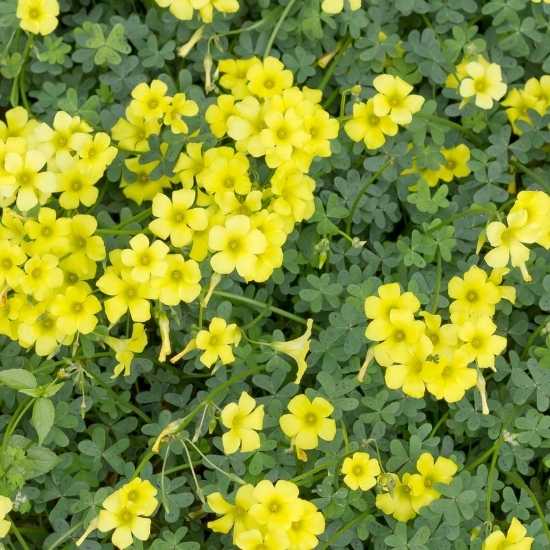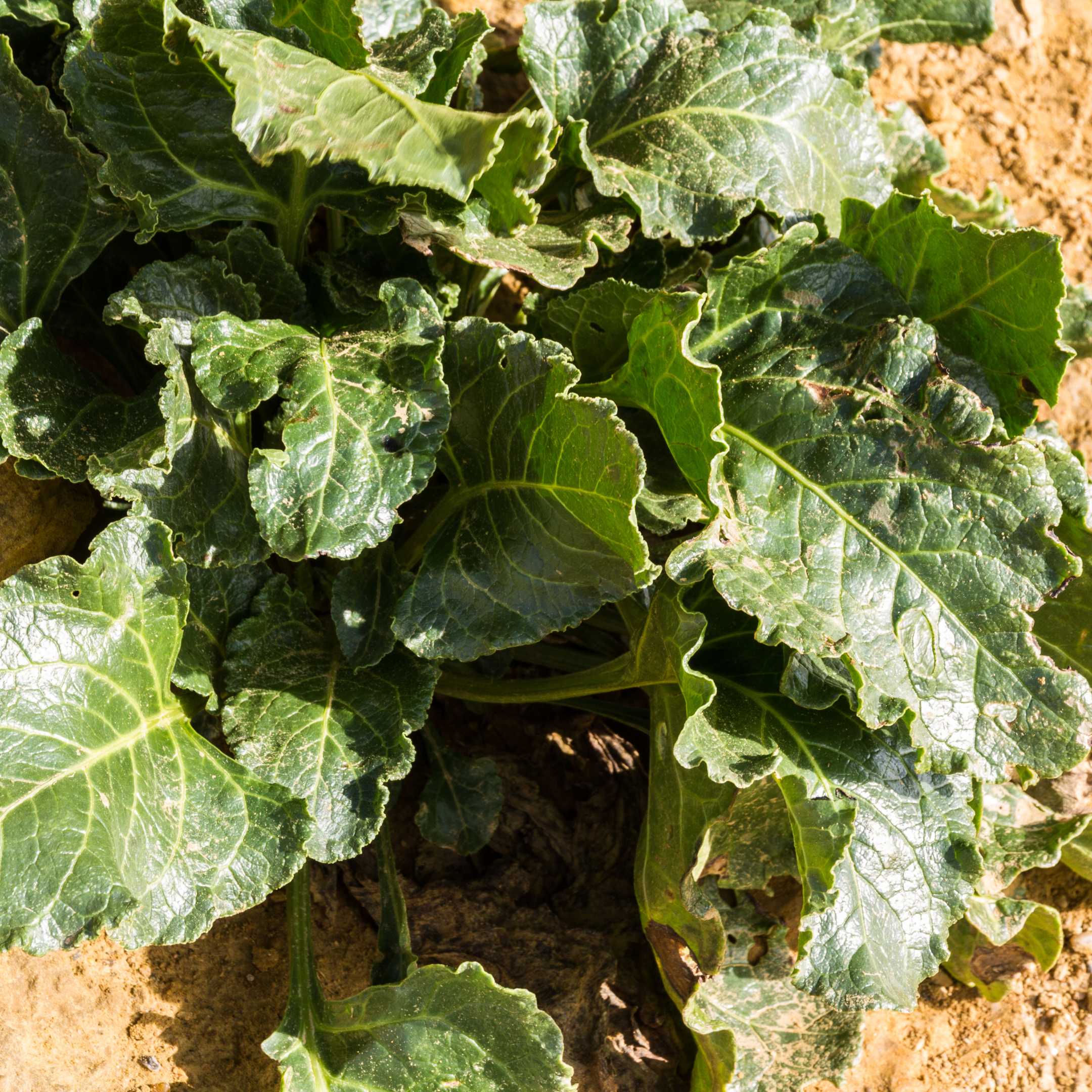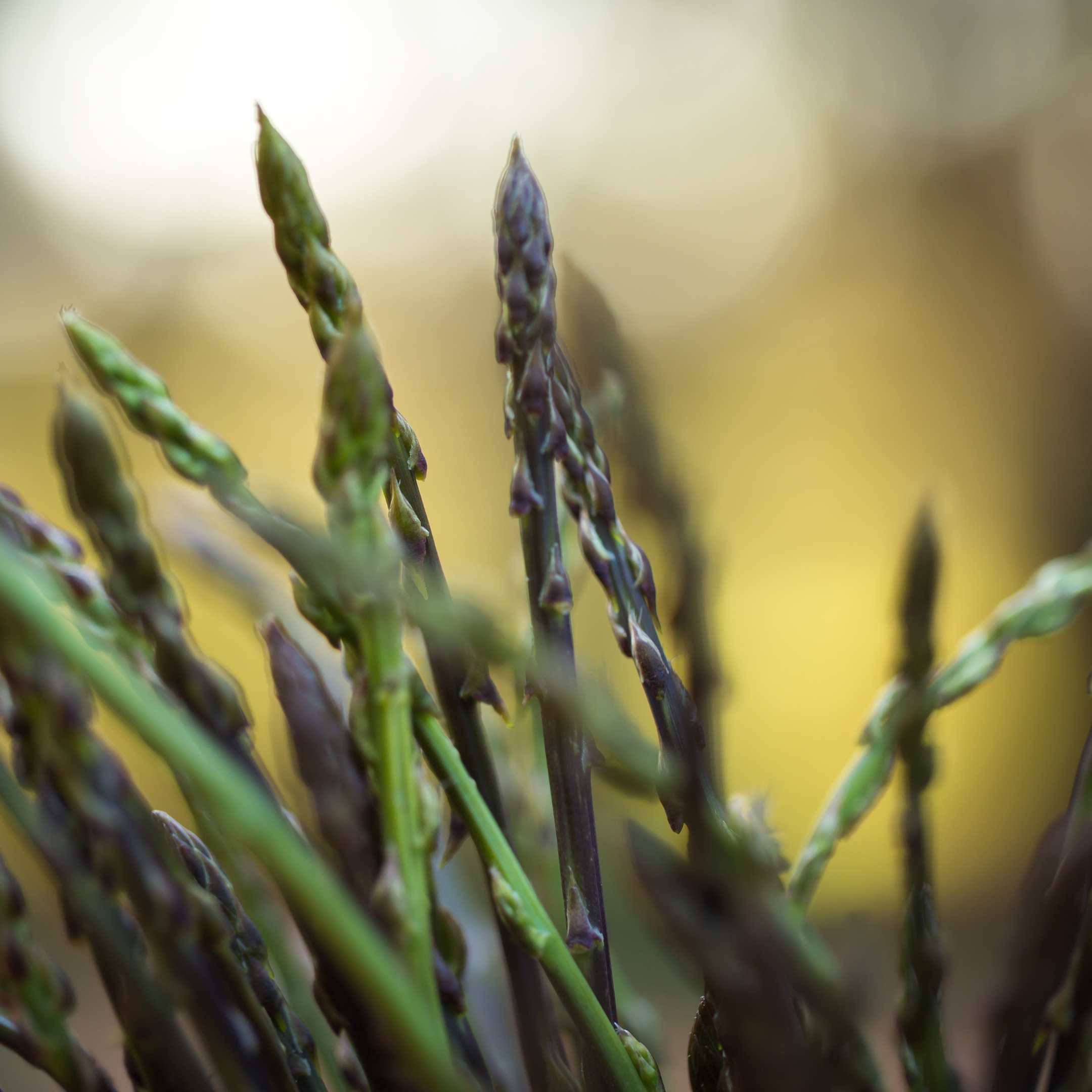Did you know that Cape Sorrel leaves are good for bites and stings?
Author of, Weeds For Health On Gozo, Heléna Szöllősy shares everything you need to know about the wild plants that make up Gozo’s unique and diverse flora. Enjoy learning about the healing benefits and many usages of Cape Sorrel, the fabulously yellow flower that gives Gozo its distinct Spring-Like feels in Winter.
Oxalis pes-caprae – L.
Botanical Name: Oxalis pes-caprae – L. Synonyms: Oxalis cernua Family Name: Oxalidaceae Maltese Name: Qarsu, Ħaxixa Ingliża Common Names: African Wood-sorrel, Bermuda Buttercup, Bermuda Sorrel, Buttercup Oxalis,Cape Sorrel, English Weed, Goat’s-foot, Sourgrass, Soursob, Soursop, (Afrikaans:Suring) Meaning of the Name: Oxalis, from Greek oxys, acid, sour, sharp; referring to the taste of the leaves and the stem; Pliny used Latin oxalis, idis, for some species of Rumex, pes-caprae, from Latin pes, foot, capra, goat, foot of the goat, alluding to the shape of the leaflet.
DESCRIPTION
Cape sorrel is a perennial growing to approximately 8inches by 1 foot. It is an almost hairless plant with long-stalked, trifoliate leaves that sometimes have dark spots. The radiating clusters of drooping yellow, 5 petalled flowers are in clusters of 3-16 flowers on long slender stalks held well above the leaves. There are 10 stamens and 5 styles.
On Gozo, it flowers from December to April. The fruit is a rarely produced narrow oblong capsule tapering to a fine tip that rarely matures to form a viable seed. In Mediterranean Basin, it reproduces only asexually by bulbs. It has annual tops with a perennial root system with a vertical rhizome. Roots are swollen into tubers and many underground bulbils.
- Habitats: Orchards, vineyards, crop fields, grassland, yards, gardens, turf, landscaped areas, rocky outcrops, and urban areas.
- Range: Native to South Africa, an invasive species and noxious weed in Europe- Mediterranean basin and other parts of the world
- Status for Malta: It was introduced into Mediterranean islands at the beginning of the nineteenth century. Very common in the wild.
- Parts Used: flowers, leaves, root
- Herbal Actions: Anthelminthic, Antiscorbutic, Diuretic, Vulnerary
- Main Active Constituents: cinnamic acid, coumaric acid, esters, flavones (tangerin, nobiletin), phenolic compounds, copper, zinc, vitamin C
INTERNAL USES:
The plant has been used in various ways as a source of oxalic acid, as food, and in folk medicine. The raw bulbs have been used to deal with tapeworm and possibly other worms. The plant has been used as a diuretic. The lateral underground runners, which tend to be fleshy, have been eaten raw or boiled and served with milk. Cape sorrel was used for digestive complaints and irritable alimentary canal.
The sour-tasting leaves are a good source of vitamin C and hence have an antiscorbutic value. Sailors in the 16th and 17th centuries collected the tender juicy swollen roots for the treatment of scurvy and ate leaves and flowers as well. Swollen root was dried and taken in long voyages when it could easily be rehydrated by soaking it in water and used medically.
EXTERNAL USES:
The leaves are crushed and applied on burns, scratches and bites are still used as first aid treatment in rural areas of South Africa.
Warmed in hot water, the leaves can be bound over a boil or suppurating sore as a poultice to bring it to a head, held in place with a bandage and replaced frequently by fresh warmed leaves. Sorrel flowers pounded with water and made into a paste, spread on acne spots and pimples, and left to dry there will quickly clear the spot of redness and help to dry it up.
EDIBLE USES:
The whole plant is edible, and it has a nice sharp taste. Perfectly all right in small quantities but use in moderation.
Flowers – raw. A pleasant acid flavour, they make an attractive addition to the salad bowl.
Leaves – raw or cooked. The heart-shaped leaves are used as a garnish in salads and dips. A pleasant acid flavour, they make a pleasant addition to mixed salads, whilst children especially like to eat them on their own. The leaves contain oxalic acid, which gives them their sharp flavour. The quantity of oxalic acid will be reduced if the leaves are cooked. In South Africa, it is a traditional ingredient in dishes such as waterblommetjiebredie (water flower stew)
OTHER USES
- dye, honey plant
The golden petals can be used to produce a yellow dye. Being in flower early in the year, the Bermuda buttercup, for all its faults does provide useful nectar to the earlier flying insects such as Violet Carpenter bees and the pretty Moroccan Orange-tip butterfly. On heavy soils, in vineyards and orchards, the rhizomes and tubers are reported to improve aeration and water infiltration and reduce the growth of other weeds.
PRECAUTIONS: The leaves contain oxalic acid, which gives them their sharp flavour. The leaves should not be eaten in large amounts since oxalic acid can bind up the body’s supply of calcium leading to nutritional deficiency. People with a tendency to rheumatism, arthritis, gout, kidney stones or hyperacidity should take special caution if including this plant in their diet since it can aggravate their condition.
Click here for the full series and learn about all of Gozo’s wild plants and their benefits.
Waterblommerji Bredie
Waterblommerjiebredie was first prepared by the Khoikhoi people indigenous to South Africa. They taught the early settlers of South Africa how to use waterblommetjie as food and medicine.
ingredients
- 1.5 kg lamb
- 2 litres (±1kg) waterblommetjies
- 2 medium onions, chopped
- 3 medium potatoes, peeled and thinly sliced
- 1 large sour apple, peeled and thinly sliced
- 2 bunches sorrel
- 1 cup (250 ml) water
- 1 cup (250 ml) dry white wine
- 1 tsp (5 ml) sugar
- 1 tbsp (15 ml) freshly ground coarse salt
- 1 tsp (5 ml) freshly ground black pepper
- 2 tbsp (30 ml) canola oil, for frying
- 2 cups (500 ml) Basmati rice.
The optional extras added to improve the overall flavour and texture of the dish:
- 3 tsp (15 ml) stock powder
- 1 tsp (5 ml) mixed herbs
- 3 cloves garlic, crushed
- 500 gm scrubbed baby potatoes
preparation
- Cook off some rice.
- Boil the kettle so that you have the hot water you need when you need it.
- Add the stock to the boiling water the set aside.
- Heat the oil on a large saucepan, and brown the meat in batches, then set it aside. Do not put to many pieces in at a time, otherwise it will stew rather than fry, and you want the browning to contribute to the flavour of the dish.
- Pour off most of the fat that has accumulated, then toss in and sauté the onions until brown and soft.
- Add the wine and the water (or stock) and with the heat medium to high, deglaze the bottom of the saucepan. This will also allow the alcohol in the wine to boil off.
- Return the meat to the saucepan and add the balance of the ingredients along with my tweaks if you choose to use them, with the exception of the waterblommetjies and the baby potatoes.
- Mix thoroughly and top up with hot water until the ingredients are just about covered. Bring to the boil, cover the saucepan tightly and simmer for an hour and a half, or until the meat is tender stirring occasionally.
- Blanch the waterblommetjies when the lamb is tender enough) and add them and the baby potatoes, stirring in gently
- Cook off some rice.
- Boil the kettle so that you have the hot water you need when you need it.
- Add the stock to the boiling water the set aside.
- Heat the oil on a large saucepan, and brown the meat in batches, then set it aside. Do not put to many pieces in at a time, otherwise it will stew rather than fry, and you want the browning to contribute to the flavour of the dish.
- Pour off most of the fat that has accumulated, then toss in and sauté the onions until brown and soft.
- Add the wine and the water (or stock) and with the heat medium to high, deglaze the bottom of the saucepan. This will also allow the alcohol in the wine to boil off.
- Return the meat to the saucepan and add the balance of the ingredients along with my tweaks if you choose to use them, with the exception of the waterblommetjies and the baby potatoes.
- Mix thoroughly and top up with hot water until the ingredients are just about covered. Bring to the boil, cover the saucepan tightly and simmer for an hour and a half, or until the meat is tender stirring occasionally.
- Blanch the waterblommetjies when the lamb is tender enough) and add them and the baby potatoes, stirring in gently to avoid breaking up the waterblommetjie buds. Turn the heat up a bit and cook with the lid off until the baby potatoes are soft. This will also thicken the broth nicely. If you are using canned waterblommetjies, add them about 10 minutes before serving, so that they can heat through.
- Serve on a bed of lovely Basmati rice, making sure everybody gets a few waterblommetjies, which with the blanching, will be nice and crunchy. Enjoy!
Author : Heléna Szöllősy. Editor: GITH

Helena is an expert on the medicinal properties of plants having trained in Herbal Medicine and Naturopathy, specialising in Phytotherapy including Homeopathy, Aromatherapy, Apitherapy and Bach Flower Therapy.
Information on the traditional uses and properties of herbs are provided in this book for educational purposes only and is not intended as medical advice. This information is not intended to be used to diagnose, prescribe or replace professional medical care. If you have any serious health concerns, you should always check with your health care practitioner before self-administering herbs. Please also undertake your own research when foraging. Some wild plants are endangered and are protected by law.
Want to learn what else you can forage on Gozo? Click here.









